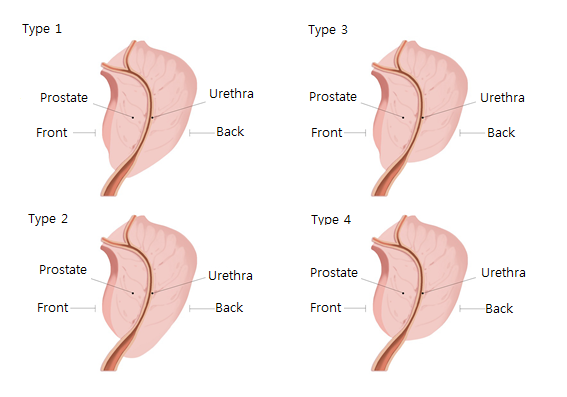Researchers at Seoul National University Bundang Hospital (SNUBH) have proved that robot surgery removes prostate cancer more precisely compared with open surgery.

The diagnosis rate of prostate cancer has steadily increased in Korea due to Western eating habits, the population aging and the introduction of prostate-specific antigen (PSA) screening. In 2017, prostate cancer cases ranked fifth among male cancer cases.
Currently, radical prostatectomy is the most effective surgical method to treat prostate cancer. The procedure removes the prostate and surrounding tissues. Afterwards, patients go through a pathological examination of their prostate tip, also known as the membranous urethra. Cancer cells may appear as a result of the test, which researchers call positive surgical margin. Such results imply that the operation has failed to remove the cancer tissue.
The research team, led by Professor Lee Sang-chul of the urology department at the hospital, analyzed the incidence of positive surgical margin status between the two operations. Primarily, the team focused on the positive effects of robot surgery on reducing positive surgical margin compared to open surgery.
The team selected 3,324 patients who visited SNUBH to receive prostatectomy from 2004 to 2017. Out of the 3,324 patients, 2,320 underwent robot surgery, and 1,004 received open surgery. The incidence of positive surgical margin in the prostate tip for patients who received robot surgery was at 12.3 percent, compared to the 17.5 percent of those who had open surgery.

Also, the research showed that robot surgery reduced the positive surgical margin in all four prostate tip shapes.
“This study proved that the shape of the prostate tip might have a negative impact on oncologic prognosis after prostate cancer surgery,” Professor Lee said. “When the removing the prostate of a patient with a specific shape, such as type 3, a more detailed surgery is required.”
If robotic surgery is applied to certain types of prostate tips, a medical professional can precisely detach the tissue and minimize damage to other organs, resulting in a lower possibility of recurrence of cancer and improvement of treatment prognosis, Lee added.
The results of the study were published in the Journal of Endourology, one of the most influential endourology-related publications.

